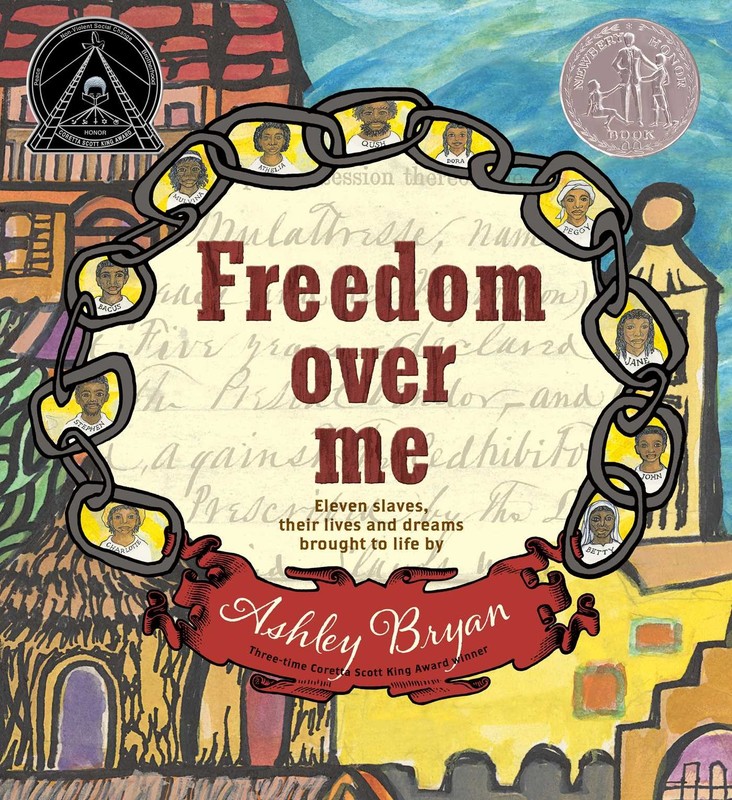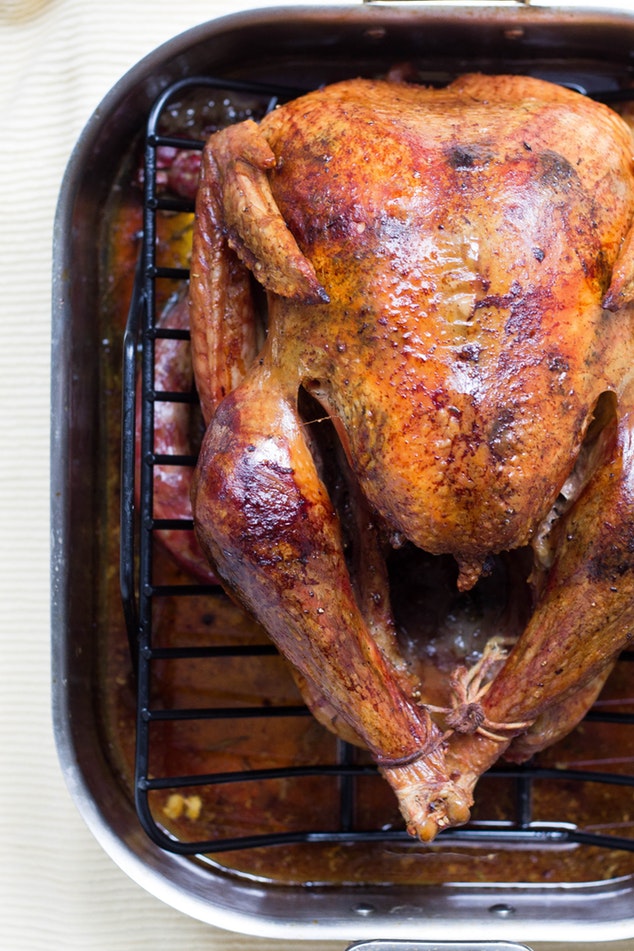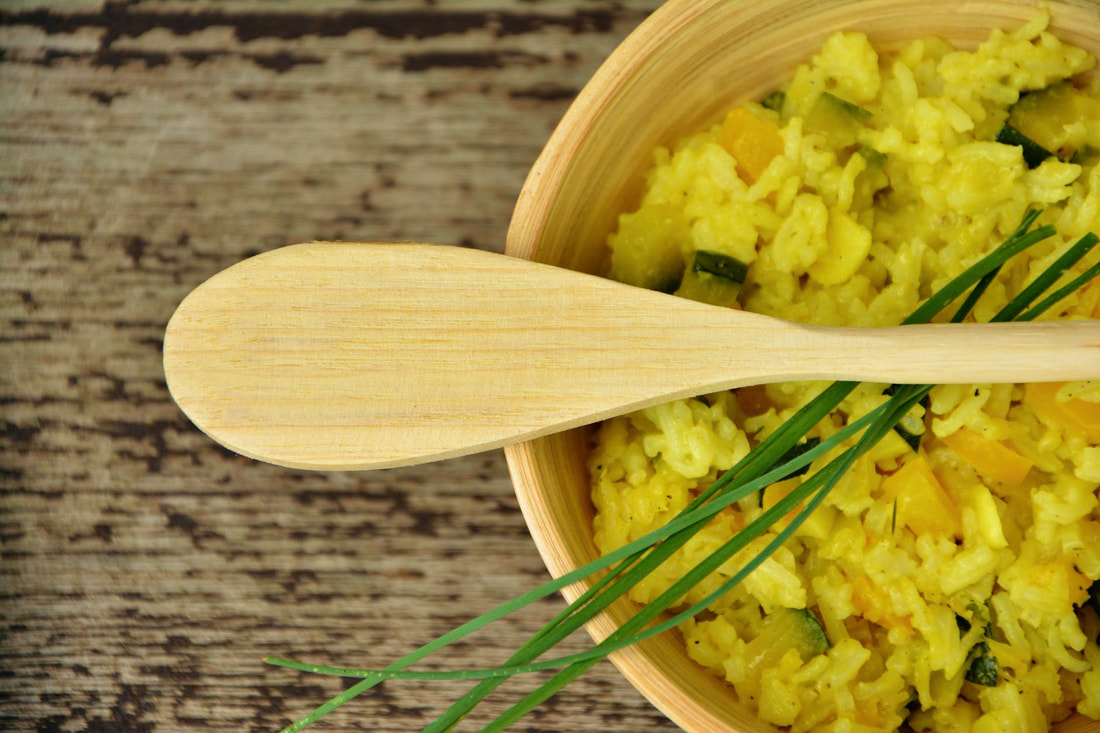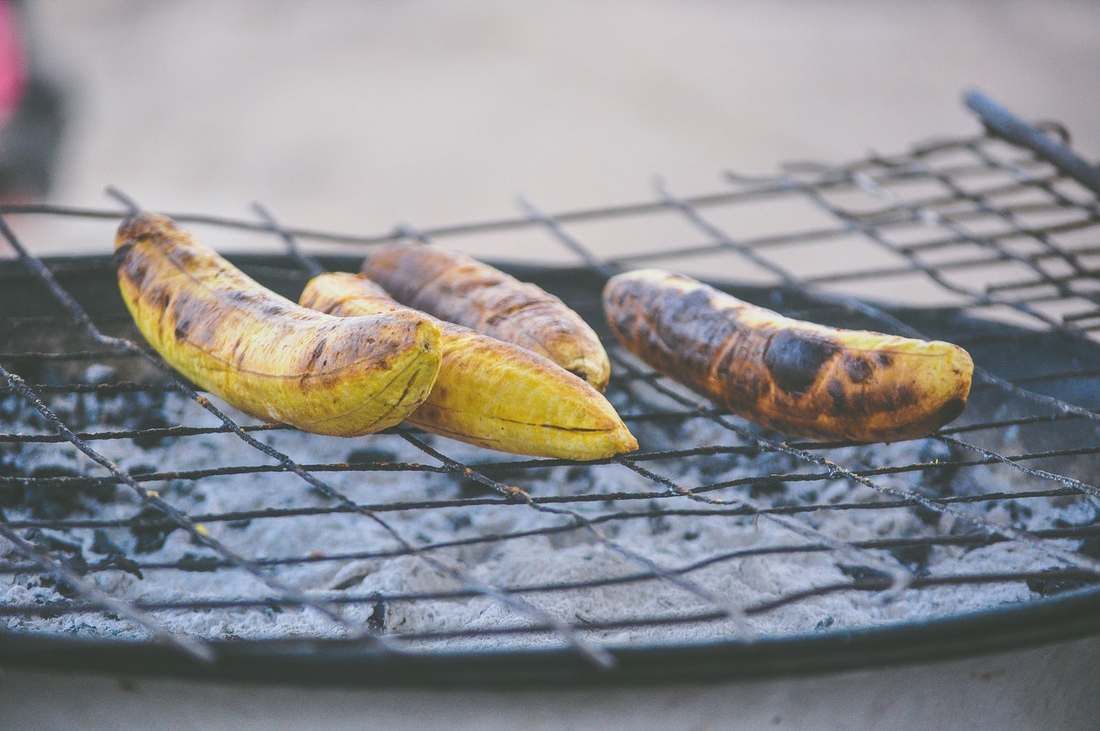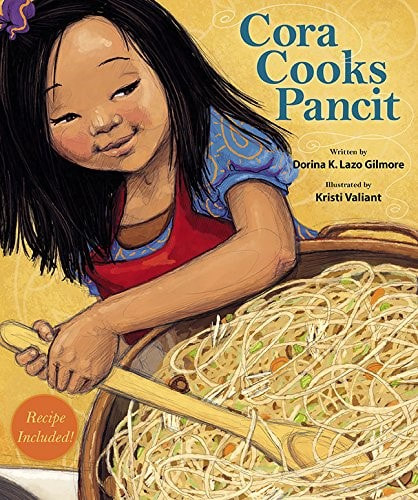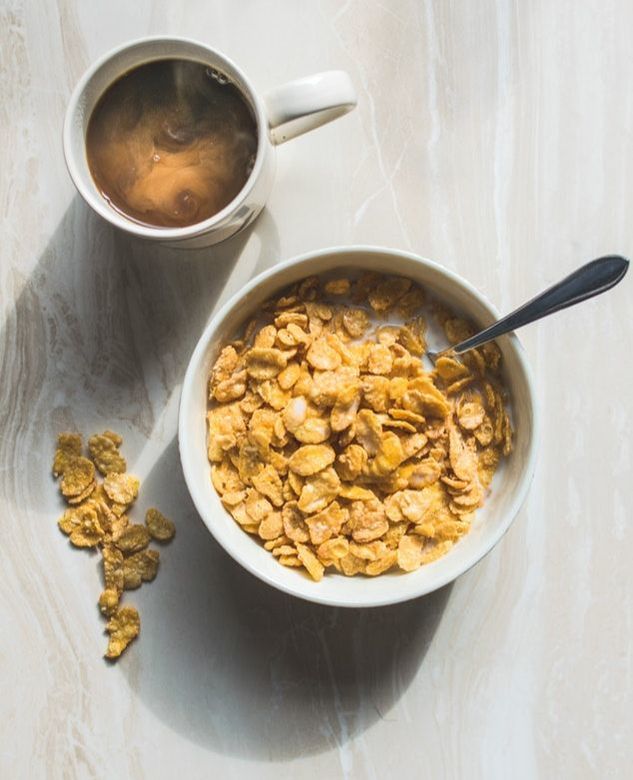BookFreedom Over Me
|
CookSenegalese Chicken YassaComplexity: Several components spread over a long time period, including preparing the chicken, onions, and cooking.
Time: Marinate for 3+ hours, 30 minutes prep and cooking, plus 80 minutes in the oven. IngredientsChicken
DirectionsMarinate the Chicken
|
CookJollof RiceComplexity: Requires a blender, mixing ingredients, and cooking rice.
Time: 20 minutes prep, 45 minutes cooking. Ingredients
Directions
|
|
CookFried PlantainsComplexity: While this recipe is quick, frying involves hot oil and can be messy. It’s important to be cautious when frying. Kids should just observe for this one.
Time: 10 minutes. Ingredients
Directions
Notes on buying plantains
Use a non-stick skillet as this will aid in the easy release of the cooked plantain from the pan. Because sugar burns quickly and sticks, a non-stick skillet is essential. Oil Use a neutral tasting oil such as canola or vegetable oil. The amount of oil used for frying should be just enough to coat the bottom of the pan. Too much oil will cause the plantains to soak up the oil resulting in soggy plantains. After frying each batch, drizzle additional oil if needed. Heat Use medium heat to fry the plantains. You may have to lower the heat depending on the size of your stove burner and pan. If you don't, your plantains can be burned in no time or brown too quickly. |
